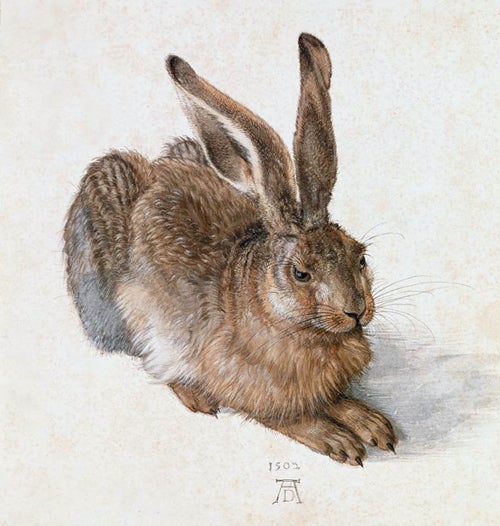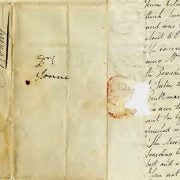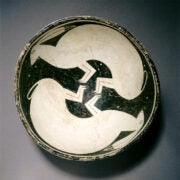Hopping through cultures: the rabbit in art

Albrecht Dürer, Hare (A Young Hare), 1502, Graphische Sammlung Albertina. Image and original data: Erich Lessing Culture and Fine Arts Archives/ART RESOURCE, N.Y.
Easter is around the corner, and with it comes the inevitable barrage of images of the Easter bunny. The strange thing is that the only mentions of rabbits in the Bible are prohibitions against eating them in the Old Testament. So what gives?
The underlying idea is that rabbits are connected to the idea of rebirth—not only do they reproduce prodigiously, at one time they were believed to reproduce asexually. The connection of rabbits to rebirth also occurs in non-Christian societies: The Rabbit in the Moon (instead of our Man in the Moon) is a familiar symbol in Asia, and was part of Aztec legend, tying the idea of rabbits to a “rebirth” every night. But other qualities of rabbits and hares also get highlighted in folklore, including their mischievous side, playing the role of cunning tricksters in Native American and Central African mythologies.
We present you with two groups featuring rabbit and hare artworks from a wide array of cultures and periods: a group of naturalistic depictions and a kaleidoscopic mix from Asian, African, Native American, and American folk styles. (Click on a thumbnail to start a slideshow.)
We begin with Albrecht Dürer’s iconic Hare from the early 16th century (from Erich Lessing Culture and Fine Arts Archives) and compare it to similar naturalistic depictions ranging from an ancient Roman mural from Herculaneum (from Scala Archives), to his compatriot Hans Hoffman’s A Hare in the Forest from the late 16th century (from the J. Paul Getty Museum Collection), Audubon’s Black-Tailed Hare from the mid-19th century (from the Saint Louis Art Museum), and Josef Albers’ early 20th century black and white rabbit (from the Josef and Anni Albers Foundation)–the last surprisingly different from his famous colorful abstractions.
We follow with a study in contrasts in objects, from a Chinese decoration from 1000 BC (from the Indianapolis Museum of Art) to a stunning Mimbres ceramic bowl with two stylized rabbits (Peabody Museum of Archaeology and Ethnology), a miniature ivory carving by Japanese master Kaigyokusai (from the Los Angeles County Museum of Art), a stunning mask from Tanzania (from the Berlin State Museums), and ending with a slightly menacing carousel rabbit (from the American Folk Art Museum).
- Late Pithouse; Classic Mimbres, Ceramic bowl; black on white rabbit figures interior; plain exterior, A.D. 800-1150. Peabody Museum of Archaeology and Ethnology
There’s thousands more in the Artstor Digital Library; simply search for rabbit* or hare* (the asterisk can represent zero, one, or several characters).


